Ten years ago, we couldn't have imagined how tools like machine learning, eDNA, and satellites would advance and transform conservation work. Now technology is advancing faster than ever, and as tools become smaller, lighter, and more affordable, it's vital to have a space where community members can discuss the next big thing, share ideas, compare tool options, and tell the story of their experiences - positive, negative, and anything in between - while using new technologies.
In 2021, the WILDLABS State of Conservation Tech report detailed what tools show the most promise according to community members, as well as what tools are currently seen as the most effective. And as new tools enter the field, we're excited to see how this data will change over time, and how this group grows over time as well.
Our State of Conservation Tech research also discusses something called the "Hype Cycle" - the pattern that occurs when a new technology bursts onto the scene, promises to be an exciting solution, encounters challenges as new users adopt the tool and put it into practice beyond just theory, and eventually settles into its most effective state as users acquire the right skills to use it to its actual potential. Machine learning, one of the most promising technologies, is currently in the middle of its own hype cycle, and we see community members working through their own hurdles to incorporate ML into their work effectively. Despite what you may think, this Hype Cycle can also be positive for tech development, as it means that users have big ideas for new tools, and with the right resources and skills, they can work toward bringing those ideas to life. And as our community members experiences the Hype Cycle for various tools at their own paces, we hope this group will also serve as a place to discuss that process and overcome hurdles together.
Ready to discover new possibilities? Join our Emerging Tech group now and get to know your forward-thinking conservation tech peers!
Header photo: Internet of Elephants
La Trobe University
Zoologist & Conservation biologist
- 0 Resources
- 1 Discussions
- 5 Groups
- @frides238
- | She/her
Hi! I am Frida Ruiz, a current Mechanical Engineering undergraduate student very interested in habitat restoration & conservation. I am excited to connect with others and learn about technology applications within applied ecology & potential research opportunities

- 0 Resources
- 5 Discussions
- 13 Groups
- @StephODonnell
- | She / Her
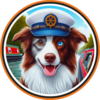


- 193 Resources
- 676 Discussions
- 32 Groups
2023 Bachelor Degree Graduate from the College of African Wildlife Management, Mweka.

- 0 Resources
- 3 Discussions
- 14 Groups
- @ChloeSutcliffe
- | She/her
Founder of FieldWild: helping organisations transform ambitious research into reality, no matter the environment.
- 0 Resources
- 0 Discussions
- 4 Groups
I am a conservation technology advisor with New Zealand's Department of Conservation. I have experience in developing remote monitoring tech, sensors, remote comms and data management.
- 0 Resources
- 0 Discussions
- 15 Groups
- @RALR
- | She/Her
Science Communication | Languages: Portuguese (Brazil), Italian, Spanish and English
- 0 Resources
- 0 Discussions
- 4 Groups
- @DeepakSathyanarayan
- | he/his
Deepak is an experienced professional who has served in multiple leadership roles in technology, science, product development, and engineering programs. He has proven expertise in shaping and executing technology strategies across defense, space, health, and environment sectors.

- 0 Resources
- 5 Discussions
- 7 Groups
- 0 Resources
- 0 Discussions
- 14 Groups
- @eccrc25
- | she/they
- 0 Resources
- 0 Discussions
- 5 Groups
I am a recently graduated Computer Scientist and Mathematician passionate about animals and nature.
- 0 Resources
- 0 Discussions
- 11 Groups

- 0 Resources
- 0 Discussions
- 15 Groups
Conservation International is proud to announce the launch of the Nature Tech for Biodiversity Sector Map, developed in partnership with the Nature Tech Collective!
1 April 2025
The FLIR ONE thermal camera is a compact and portable thermal imaging device capable of detecting heat signatures in diverse environments. This report explores its application in locating wild animals across large areas...
27 March 2025
We are hiring for a customer support / marketing specialist.
20 February 2025
Osa Conservation is launching our inaugural cohort of the ‘Susan Wojcicki Research Fellowship’ for 2025, worth up to $15,000 per awardee (award value dependent on project length and number of awards given each year)....
10 February 2025
Lake Nakuru National Park is one of the first rhino sanctuaries in Kenya where Artificial-Intelligence enabled Forward Looking Infrared (FLIR) camera systems were installed to help curb the escalating poaching of black...
8 February 2025
Are you interested in developing new 3D motion capture techniques to for measuring super fast wildlife like cheetahs? Are you interested in working with fusing exciting technologies such as event cameras, audio and...
3 February 2025
Key Conservation is seeking an experienced Software Developer to join our team.
28 January 2025
Conservationists use tools like drones, satellites, and camera traps to monitor ecosystems and scale their impact. But new challenges like transparency, funding gaps, and engagement remain. Web 3.0 technologies offer...
28 January 2025
Link
Professor Ed Mitchard, to discuss the role of remote sensing in forest conservation to monitor land-use change, estimate a forest carbon stock, detect forest fires, and report upon other key forest indicators.
1 November 2024
In this episode join Gilad Goren, as we discuss the state of nature tech around the world ranging from nature fintech to artificial intelligence and remote sensing. We also discuss the role of NatureTech in...
1 November 2024
The Marine Innovation Lab for Leading-edge Oceanography develops hardware and software to expand the ocean observing network and for the sustainable management of natural resources. For Fall 2025, we are actively...
6 October 2024
June 2025
event
event
July 2025
March 2025
event
event
February 2025
event
| Description | Activity | Replies | Groups | Updated |
|---|---|---|---|---|
| The European project Nature FIRST is hosting its final conference at Ouwehands Dierenpark in the Netherlands on 25–26 June 2025,... |
|
Community Base, Conservation Tech Training and Education, Data management and processing tools, Earth Observation 101 Community, Emerging Tech, Human-Wildlife Conflict, Protected Area Management Tools, Wildlife Crime | 5 hours 48 minutes ago | |
| Hi Nick,At Wildlife.ai, from the other side of the world, we would be happy to chat with you. PM if interested Victor |
|
AI for Conservation, Emerging Tech | 1 day 21 hours ago | |
| My name is Frank Short and I am a PhD Candidate at Boston University in Biological Anthropology. I am currently doing fieldwork in Indonesia using machine-learning powered passive... |
|
Acoustics, AI for Conservation, Animal Movement, Data management and processing tools, Early Career, Emerging Tech, Ethics of Conservation Tech, Protected Area Management Tools, Software Development | 2 weeks ago | |
| True, the US ecosystem is a challenging space right now, for basically all sectors. We should not let the US chaos prevent us from engaging with opportunities in other... |
|
AI for Conservation, Camera Traps, Connectivity, Drones, Emerging Tech, Ethics of Conservation Tech, Marine Conservation, Sensors | 1 month ago | |
| 15 years ago I had to rebuild the dams on a game reserve I was managing due to flood damage and neglect. How I wished there was an easier,... |
|
Drones, Conservation Tech Training and Education, Data management and processing tools, Emerging Tech, Geospatial, Open Source Solutions | 1 month 1 week ago | |
| Hi, we've gotten more than 20 replies until now so thank you if you took the time to answer.And we would really appreciate if you could spare a few minutes to answer if you haven'... |
|
Emerging Tech, Animal Movement, Build Your Own Data Logger Community | 1 month 1 week ago | |
| Reposting the original post from the GOSH Community:Cool news from the mothbox team! We still don’t have any funding, but our next big goal... |
|
Open Source Solutions, Emerging Tech, Funding and Finance | 1 month 2 weeks ago | |
| Hi Ryan, hmm, I had no idea there was a microphone named that. I thought about how it’s used to lure birds for netting, and I like Greek Mythology. I thought it was a perfect fit... |
|
Acoustics, Emerging Tech, Funding and Finance, Protected Area Management Tools, Software Development | 1 month 2 weeks ago | |
| Yep see you on friday |
+3
|
Geospatial, Acoustics, AI for Conservation, Camera Traps, Citizen Science, Community Base, Data management and processing tools, Emerging Tech, Open Source Solutions, Protected Area Management Tools | 1 month 3 weeks ago | |
| All sound, would be nice if there were only 5, though! |
|
AI for Conservation, Citizen Science, Data management and processing tools, Emerging Tech, Ethics of Conservation Tech, Funding and Finance, Geospatial, Open Source Solutions, Software Development | 1 month 4 weeks ago | |
| Hi, Thank you for your message I think there's some kind of application for this app not by itself by complementing technologies like NABIT, mentioned in an earlier comment.... |
|
Emerging Tech, Community Base | 1 month 4 weeks ago | |
| Hi Nikita, If you haven't already, I'd recommend reaching out to the folks at the Cornell Ornithology lab. They're really glued into all things bird. In particular, I... |
|
Animal Movement, Drones, Emerging Tech, Human-Wildlife Conflict | 2 months ago |
Nature Tech Unconference
Harnessing Frontier Digital Technologies for Evaluation Course
14 January 2025 12:30pm
State of the art thermal imaging core and the zoo
28 October 2024 6:12pm
13 January 2025 9:15am
I love those numbers 😀 indeed a holy grail. I’ll send you a private mail.
13 January 2025 9:23am
@HeinrichS there’s still time for you or anyone else to make a funding submission to the wildlabs 2025 grants ❤️❤️❤️
I haven't applied for wildlabs funding, but I would love for others to apply that want to use my systems. My preference goes to those who want to use the most units :-)
Underwater wireless communication
9 December 2024 1:32pm
16 December 2024 6:59pm
It's probably much easier to find a company selling acoustic modems than to try and create your own...very challenging environment to work within. I have about 10 years working with underwater acoustics (as a non-engineer).
17 December 2024 1:50pm
To give you the best advice, I need a bit more information about your specific application. Underwater communication typically relies on acoustic modems because radio waves don't travel well through water. For longer distances, a hybrid solution is often used. This could involve an acoustic modem transmitting data from your underwater sensor to a surface buoy or platform. The buoy could then relay the data to shore using traditional radio communication, such as 900MHz radios (even commercially available options like Ubiquiti radios, depending on distance and line-of-sight). To help me understand your needs and recommend the right approach, could you tell me more about:
Data Rate Requirements: How much data do you need to transmit, and how often?
Range: What is the vertical distance between your sensor and the surface receiver?
Environment: Are you working in shallow or deep water? What is the water temperature, salinity, and expected noise level?
Power Budget: How much power is available for the underwater sensor and modem?
Cost: What is your budget for the acoustic modem system?
Integration: How will you integrate the modem with your sensor and surface receiving system?
Real-time or Delayed: Do you need the data in real-time, or can it be stored and transmitted later?
18 December 2024 11:56am
Steve and I are looking to develop a low-cost benthic drift camera with a live video feed. Our hope is to use an acoustic modem to give us a low quality feed for navigation / hazard avoidance. This could be as simple as a small black and white image refreshed every 1 sec. What we need to know from the system is are we at the bottom? and are we about to hit an obstacle?
Data Rate Requirements: A very low quality (360p) video stream - could be black & white and low fps to reduce bit rate requirements (hopefully 1kbps)
Range: At least depth 500m but ideally down to 2,000m (deployed below a vessel from a tether)
Environment: Deep water temperature range down to 0C. Open ocean salinity levels (33-35 psu). Limited noise apart from deployment vessel (engine & echosounder)
Power Budget: Transmitter must be powered by a battery capable of continuous working for at least 1 hour.
Cost: Ideally under £1000 (GBP) for the transmitter & receiver.
Integration: Don't know. We are hoping to plug into an arduino or equivalent.
Real-time or Delayed: We need real time transmission with very limited lag for slow moving obstacle avoidance.
It's a big ask, but any pointers would be very welcome
Conservation Data Strategist?
20 November 2024 3:50pm
22 November 2024 2:28pm
Great resources being shared! Darwin Core is a commonly used bio-data standard as well.
For bioacoustic data, there are some metadata standards (GUANO is used by pretty much all the terrestrial ARU manufacturers). Some use Tethys as well.
Recordings are typically recorded as .WAV files but many store them as .flac (a type of lossless compression) to save on space.
For ethics, usually acoustic data platforms with a public-facing component (e.g., Arbimon, WildTrax, etc.) will mask presence/absence geographical data for species listed on the IUCN RedList, CITES, etc. so that you're not giving away geographical information on where a species is to someone who would use it to go hunt them for example.
29 November 2024 12:13pm
Hello, I am experienced in conservation data strategy. If you want to have a conversation you can reach me at SustainNorth@gmail.com.
29 November 2024 5:51pm
Bird Monitoring Data Exchange is a standard often used for birds data.
Mass Detection of Wildlife Snares Using Airborne Synthetic Radar
7 January 2024 6:50am
26 August 2024 1:14pm
Is thisvfunding grant an opportunity? https://www.dronedeploy.com/blog/expand-your-impact-with-a-grant-from-dronedeploy
24 October 2024 1:39am
Hi David, this is an incredible project. Would you be interested in sharing more of your experience with AI and wildlife conservation with my students? They are currently researching this, and would greatly benefit from speaking with a professional in the field. Thank you for considering!
21 November 2024 4:52pm
Hats off to your team for this absolute game-changing technology!
We rescue stray and wild animals in Taiwan, and the bulk of our work is saving animals maimed by wire snares and gin traps. We've become better at finding the devices, but still not good at all. There's simply too much difficult terrain to cover and we only have eyeballs and hiking sticks to find them. We know roughly where they are because the maimed stray dogs will eventually find their way onto a road and be reported to us. Then we close one of them, set up a trail camera, get the evidence of the poacher in the act of re-setting it, and get him prosecuted and shut down. But we need to be able to scale this greatly.
I've been using a thermal-imaging drone to locate stricken animals and am now considering buying another drone more suited to finding traps and snares. Some newer drones are able to navigate through forest without crashing into thin branches, so I've been looking into equipping one with LiDAR to see if that can detect the devices. But then I came across your YouTube channel and then this post about using airborne synthetic radar, and I'm incredibly excited to see where you might take this incredible technology.
How can we get our hands on the SAR you're using? It's 3 kg, right? I'm wondering if I could fit it to a suitable drone. If it works above forest canopy to detect traps and snares on the forest floor, then I can use a load-carrying drone instead of a light obstacle-avoidance drone.
If you made the SAR yourselves, then maybe think about crowdfunding for your project. I'd happily pledge funds if it meant I could get my hands on the kind of equipment you're using.
I can't tell you how happy I am thinking about all the animals' lives you'll save with this. Don't just remove the snares—gather evidence and put the poachers out of business too!
Podcast: The Role of Remote Sensing in Forestry with Ed Mitchard, Founder at Space Intelligence
1 November 2024 6:16am
Podcast: The State of Nature Tech with Gilad Goren
1 November 2024 6:13am
Can wireless charging technology be used for animal sensors?
17 October 2024 7:03am
23 October 2024 3:43pm
The results in the paper you mentioned are really exciting technology. It can really do a lot of things.
Thanks for your reply!
23 October 2024 4:00pm
Although this technology may not be mature now, and there are still many problems to be discussed and solved, I think it will have good application prospects.
Unfortunately, I am just an undergraduate student in China, and what I can do is very limited. Maybe in the future I can also do some similar research or what I want to do. Just like you, I am studying hard now.
Thank you very much for this forum and the professionals who responded to me. You have allowed me to see more perspectives and many things I didn't realize. Thank you very much!
28 October 2024 3:13pm
No problem at all Yu (@JY) and good luck with your studies! Happy to discuss this and any other ideas any time.
All the best,
Rob
What then has to be the nature of how we relate to things
21 October 2024 8:38am
Resources wanted to advise on the business model of an emerging low-cost device
27 September 2024 5:32am
13 October 2024 11:13pm
Dear @jared ,
Thank you so much for your answer. We have been focusing very deeply into the technology part of the challenge and not yet on the legal issues or product lifecycle. Definitely a lot of food for thoughts there.... thanks!
13 October 2024 11:13pm
Dear @jared ,
Thank you so much for your answer. We have been focusing very deeply into the technology part of the challenge and not yet on the legal issues or product lifecycle. Definitely a lot of food for thoughts there.... thanks!
14 October 2024 3:36am
Jared's answer is excellent IMHO. One level down, you have a couple of options. One is to charge for the convenience of buying a finished, assembled, and tested product, that's for the folks that have money and no time. Those that have time but no money can build it themselves from the open source. One danger to this approach is if low cost chinese clones come on the market, whether they do probably depends a lot on the size of the market.
Another option is to withhold some 'pro/plus' feature from the open source, that depends on whether you can identify such features. A similar option is to offer features that big outfits with good funding need. For example, you could offer calibrated versions at a premium, if that's applicable and needed by such organizations. In many cases companies sell devices cheap that are usable by someone who one has one or a couple and then charge for a management system for those that have dozens or hundreds of devices, dunno whether this applies to your case. All this comes down to whether you can segment your customer base so you can create premium features for the wealthy segment.
MS and PhD Opportunities in Ocean Engineering and Oceanography
6 October 2024 9:44am
Conservation tech in Human Wildlife Conflict
12 September 2024 1:50pm
23 September 2024 10:34pm
Thank you so much Brett.
I am not familiar with some of these tools such as critter alarm but I did search a little about it and it looks very interesting, I will look more on it's effectiveness on Elephants and Hyenas.
25 September 2024 4:51am
The beehive method is neat! Will have to read up on that.
25 September 2024 4:56am
Odor based methods would be interesting. Provided they didn't need to be replenished too often.
We find varied stimulus prevents habituation.
Design-led innovation for nature
20 September 2024 2:24pm
CORDAP opens call for innovative projects (<$1.5M) on coral conservation and restoration
26 August 2024 6:01pm
WILDLABS Virtual Meetup: Bioacoustics Policy Integration and Scientific Impact
22 August 2024 7:57pm
WILDLABS Virtual Meetup: Bioacoustics Data Analysis and AI
22 August 2024 7:22pm
WILDLABS Virtual Meetups Season Five: Listen to the Future
22 August 2024 5:59pm
WILDLABS Virtual Meetup: Bioacoustics Data Networks and Platforms
22 August 2024 5:45pm
WILDLABS Virtual Meetup: Bioacoustics Hardware Innovation
22 August 2024 5:25pm
Community Choice Award Winners: 2024 #Tech4Wildlife Photo Challenge
15 August 2024 2:41am
Cast your vote in the #Tech4Wildlife Photo Challenge Community Choice Awards!
12 August 2024 1:46pm
12 August 2024 9:15pm
13 August 2024 11:26am
AI Based Animal Detection Demo App for iPhone
11 August 2024 9:49pm
Listen to the Future: A Bioacoustics Horizon Scan
5 August 2024 7:11pm
6 August 2024 3:38pm
7 August 2024 12:52pm
21 August 2024 3:41pm
ChatGPT for conservation
16 January 2023 10:04am
17 July 2024 3:23pm
Hi, I've been using ChatGPT for quick labeling of camera trap recordings. I just posted this as a separate discussion here:
31 July 2024 6:40pm
Interesting!!
5 August 2024 6:38pm
I found this interesting










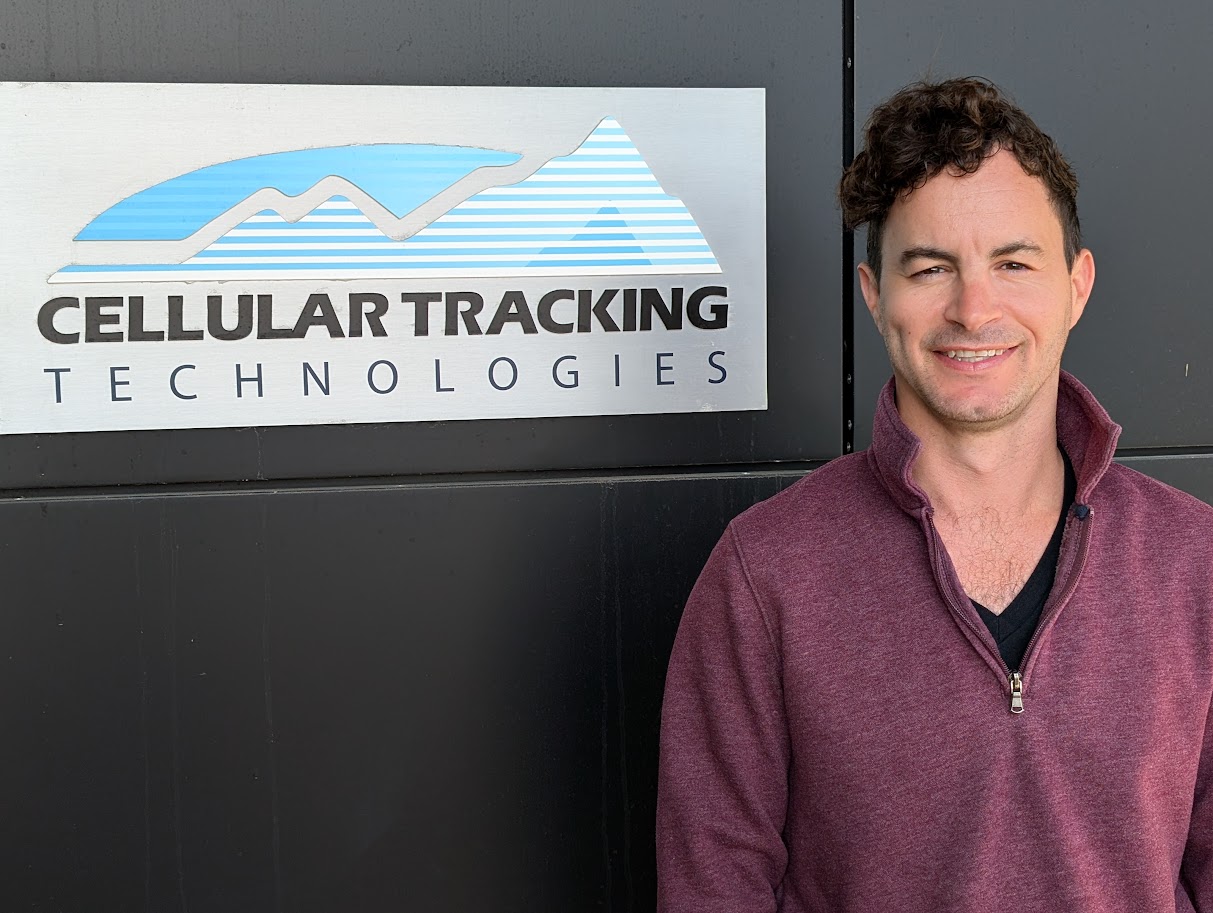
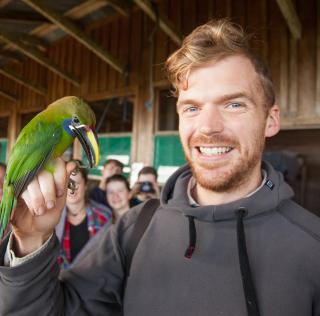


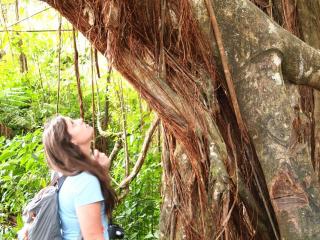











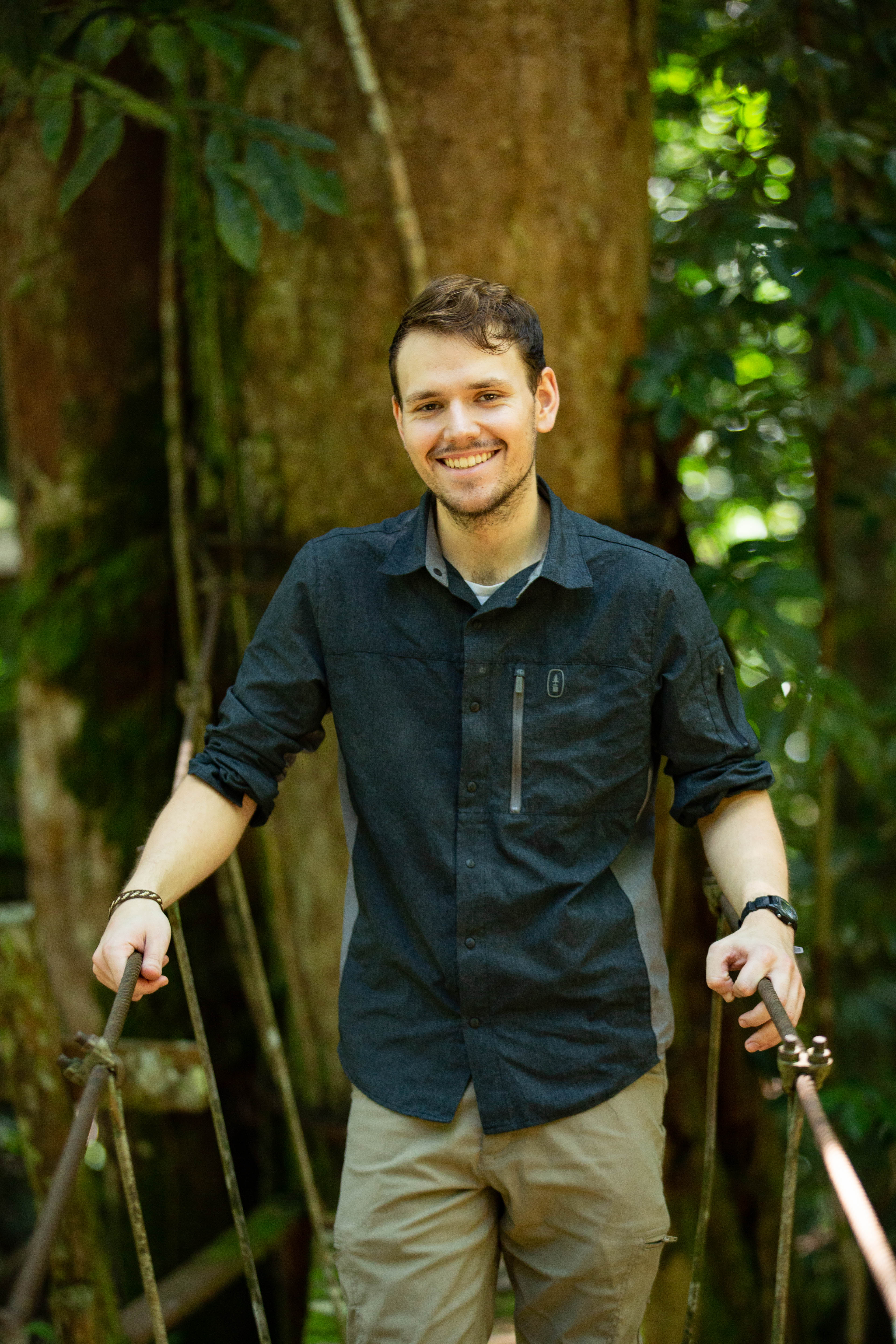





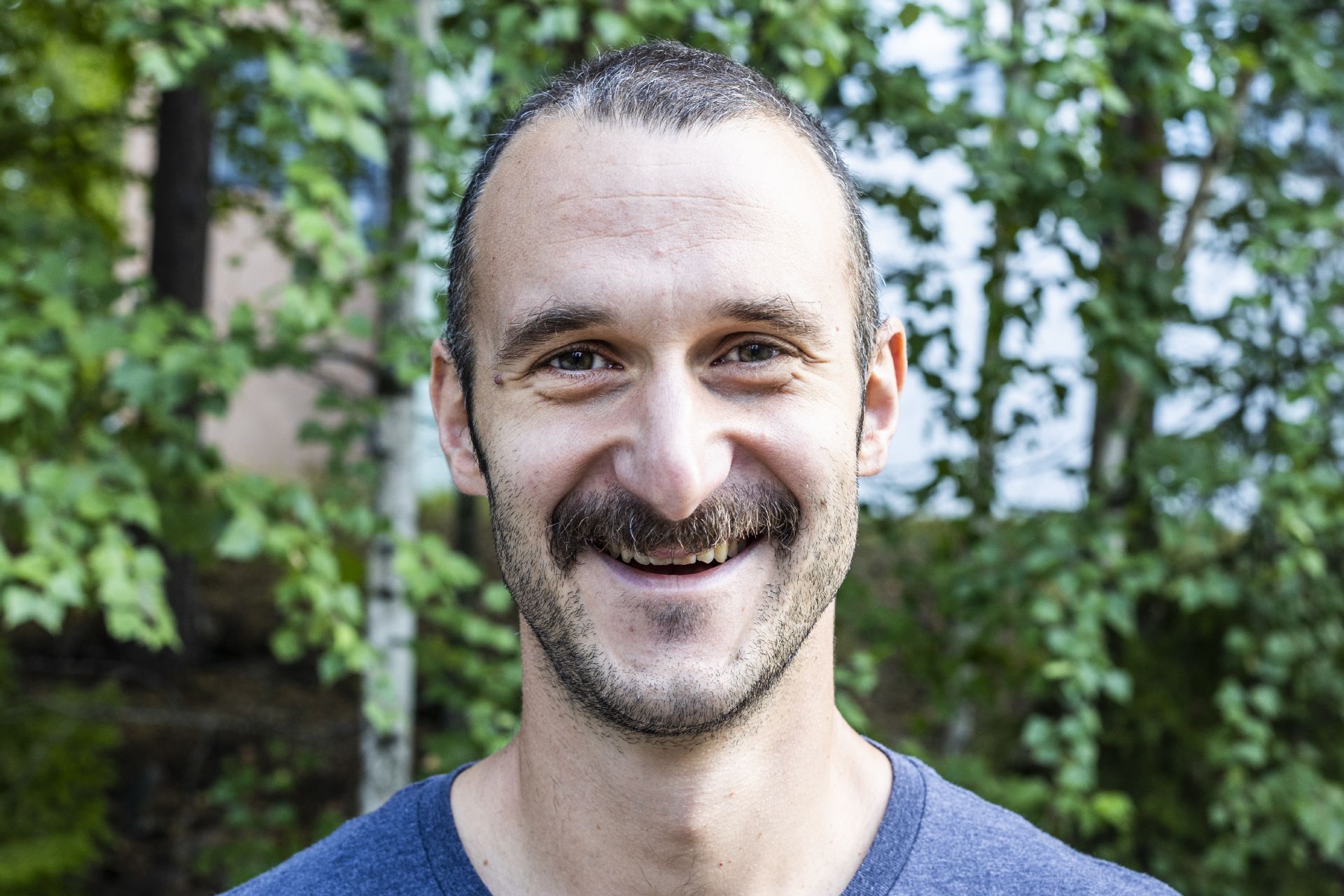

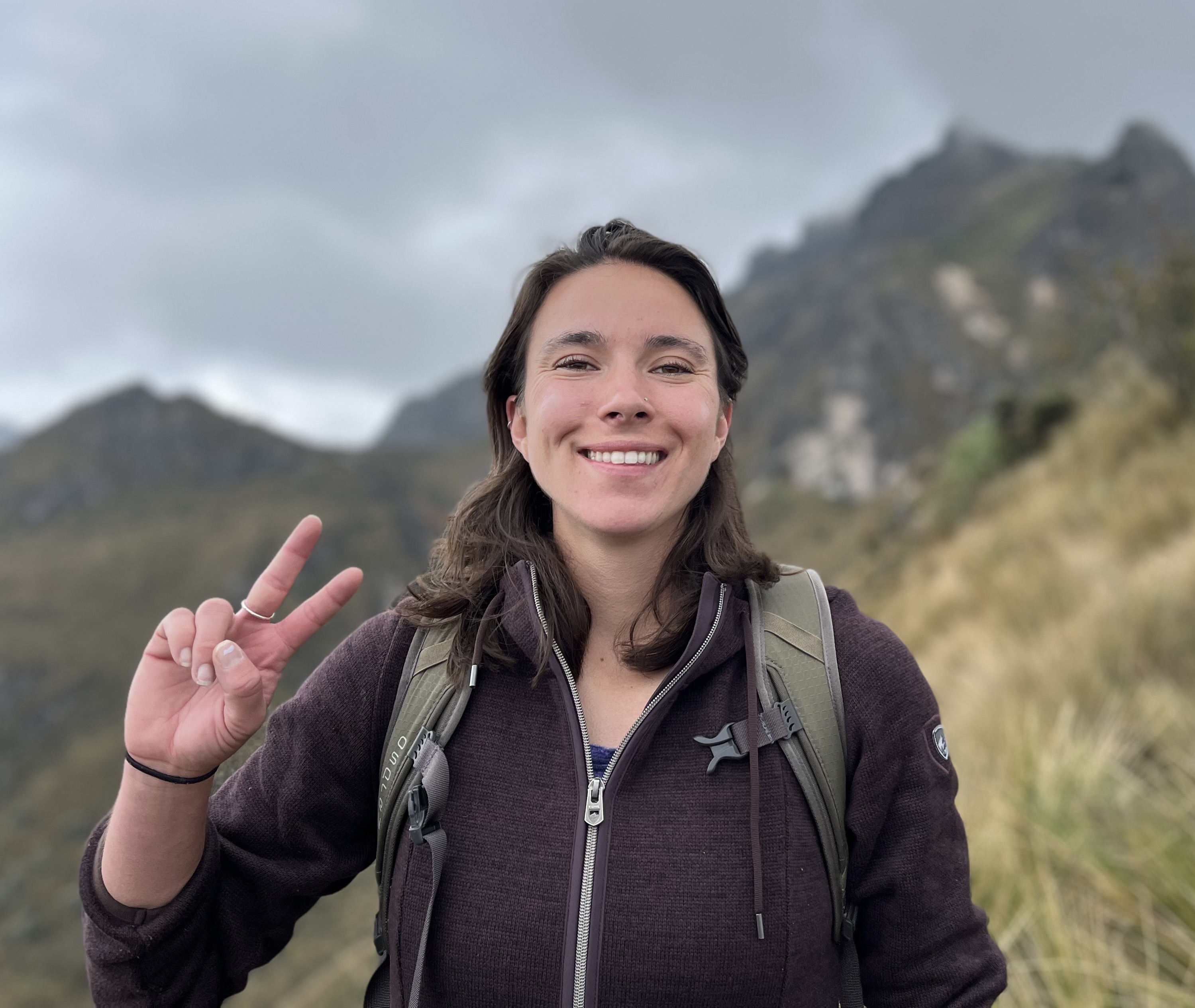
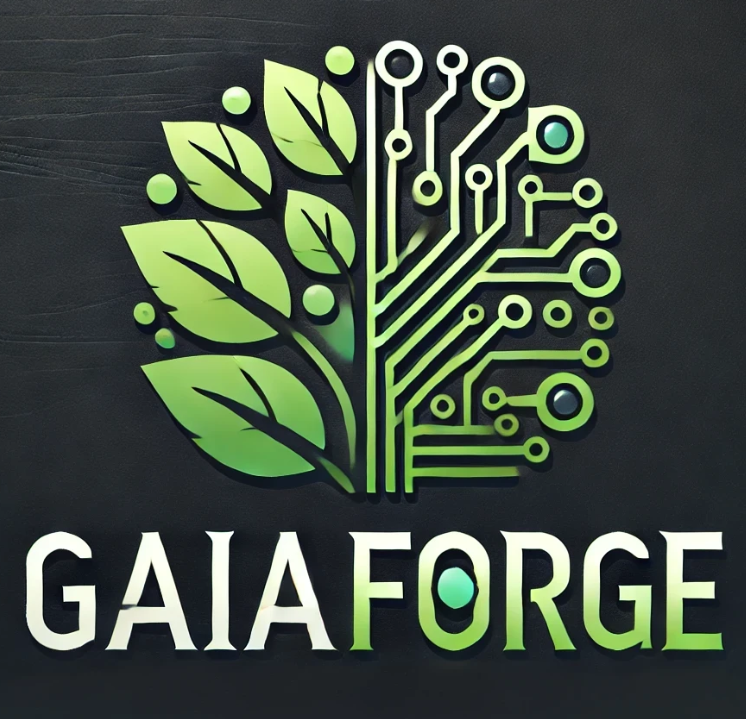











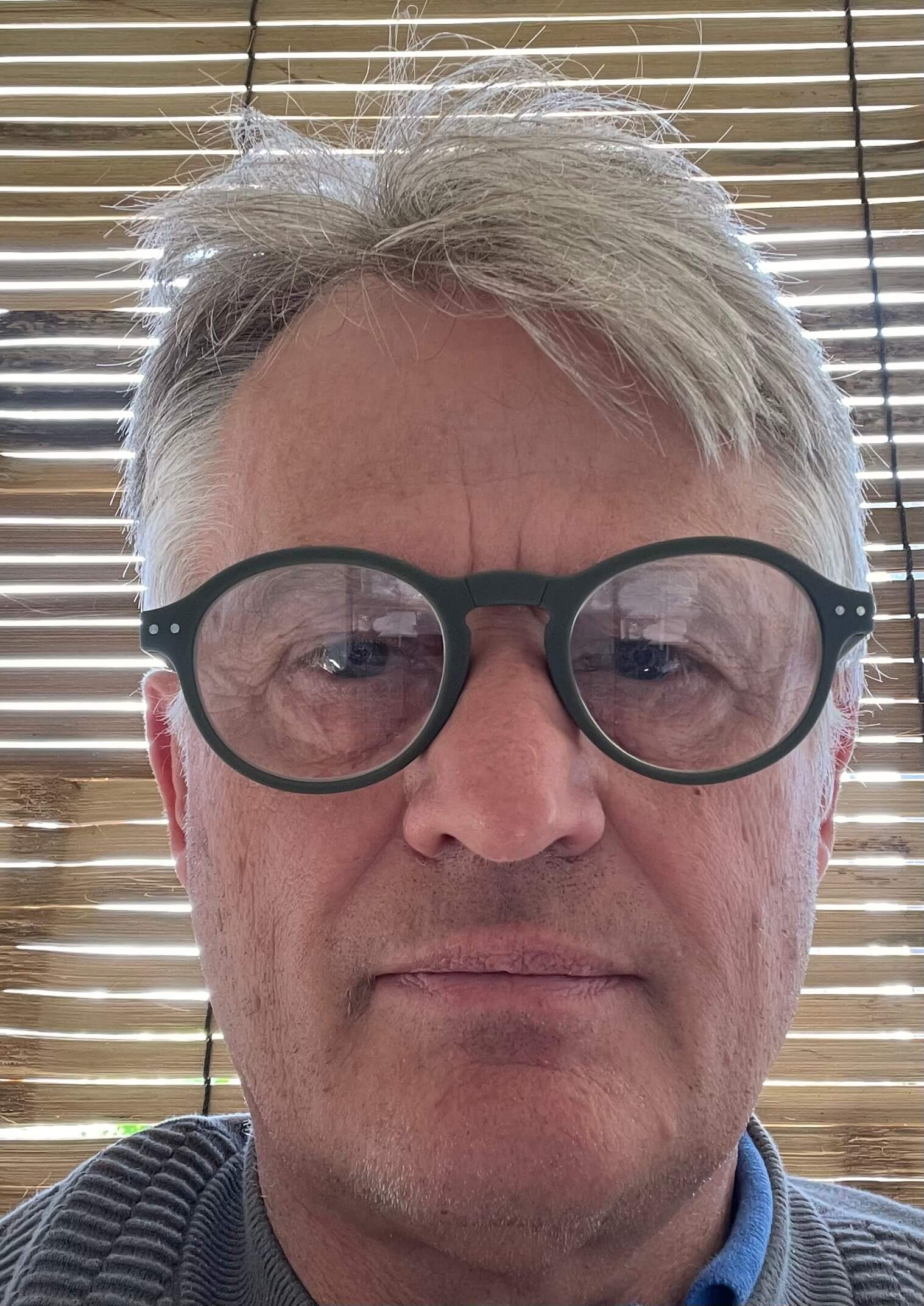




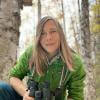
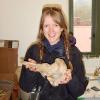
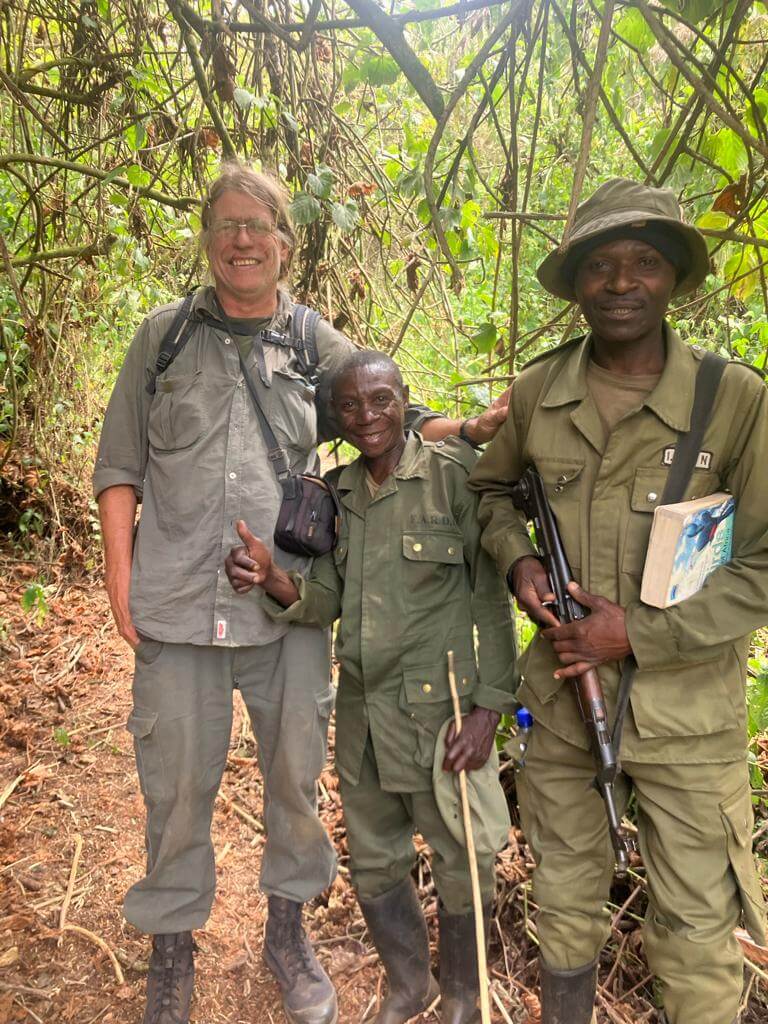




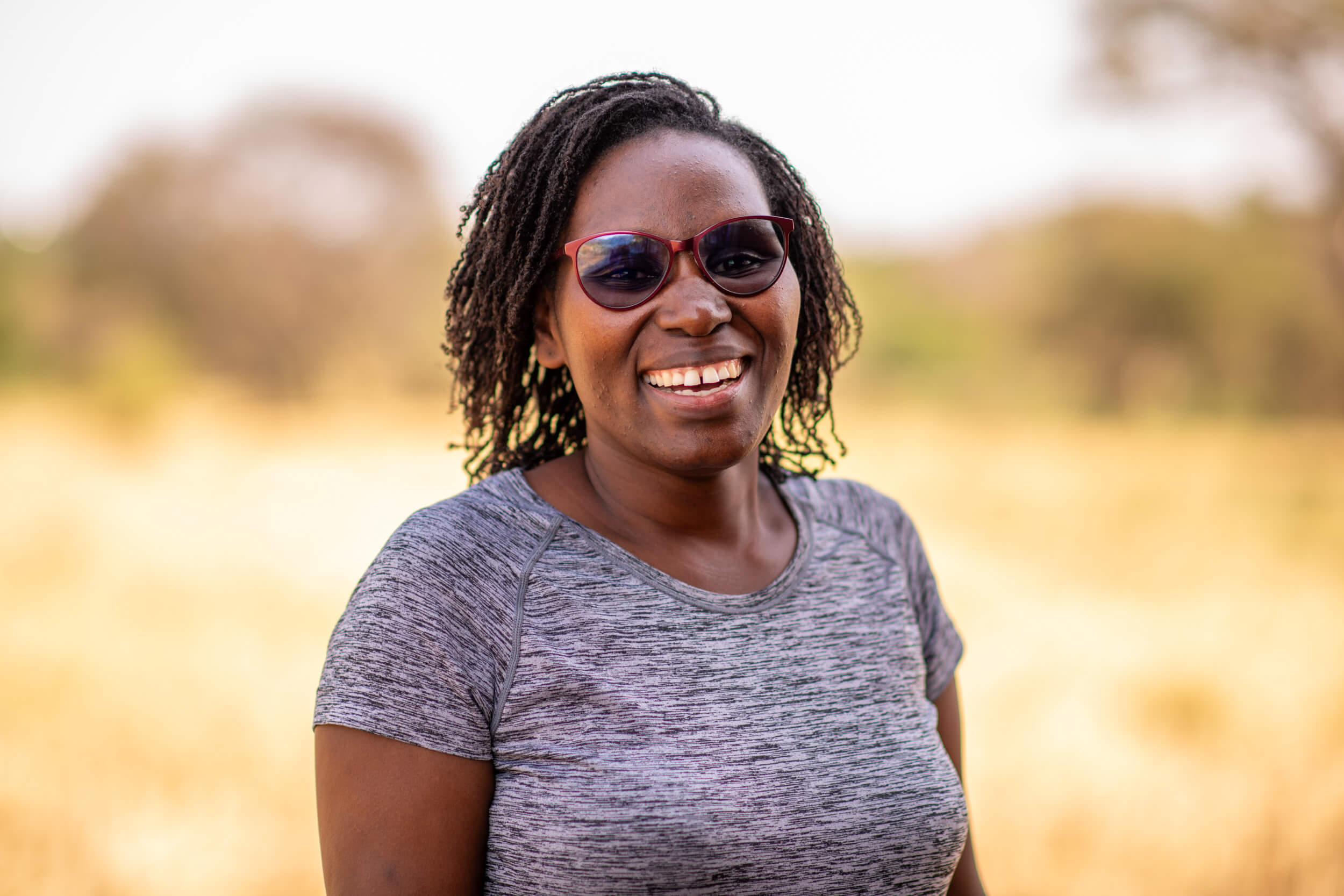



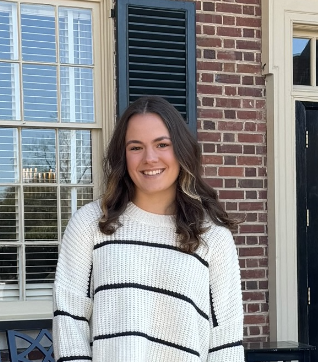








12 January 2025 9:04pm
I would also be interested - looking at starting a project that need observation of large african animals with nocturnal habits... Holy grail with unlimited funding would be a grid of 100's of cameras :-)